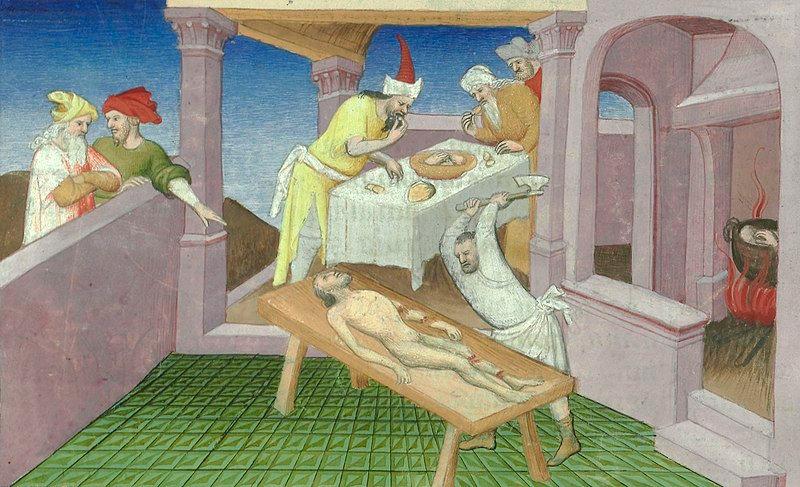Cannibalism, imagine this: about 15,000 years ago in Europe, people weren’t just chowing down on each other because they had to. It was actually part of the culture. A new study is turning our understanding of ancient customs on its head.
Cannibalism: More Than We Thought
We’d heard about evidence of cannibalism in Gough’s Cave in England. The place was loaded with gnawed bones and human skulls made into some creepy cups. But it turns out, this macabre practice was more widespread than we ever imagined.
The Magdalenian Mystery
The study takes us to the Magdalenian period, a fascinating slice of history dating back 11,000 to 17,000 years. During this time, folks had some pretty unique ways of handling human remains.
Cannibal Clues All Over Europe
Researchers at London’s National History Museum dug into the archives and found 59 Magdalenian sites scattered across Europe, from France to Russia. These sites contained human remains, and 25 of them held the smoking gun – clear signs of strange funerary practices.
Human bones were marked with chew-marks, skulls had cut-marks, and bones were deliberately broken to get that tasty bone marrow. In some places, they even mixed human and animal remains.
Cannibalism as a Rite
The thing that really jumps out is that this wasn’t about satisfying hunger; it was a ritual. This bizarre but consistent treatment of human remains across northern and western Europe led the researchers to a surprising conclusion. Instead of traditional burials, the Magdalenian folks were dining on their dear departed.
Not About Survival, But Choice
Silvia Bello, a paleoanthropologist from the National History Museum and one of the study’s co-authors, wanted to make one thing clear: this wasn’t a survival move. This was a cultural choice that our ancient ancestors made.
Connecting Past and DNA
But the study didn’t stop there. They went a step further and managed to pull genetic info from eight of these sites. Then, they matched up this genetic data with what they found at the sites. And, lo and behold, they found a fascinating connection between the customs of these ancient societies and the genetic history coded in their DNA.
This whole shebang reminds us that our ancestors’ story isn’t just fascinating; it’s like a multidimensional puzzle. And each piece we uncover gives us a deeper look into our shared history.
